Smoke detectors, also called smoke alarms, are one of the most important safety devices in your home. They’re designed to alert you at the first sign of fire or smoke, giving you time to react.
A typical smoke alarm continuously monitors the air for signs of smoke. Ionization detectors use a small amount of radioactive material to detect tiny smoke particles, while photoelectric detectors rely on a light beam that is scattered when smoke enters the chamber. When it detects smoke, the alarm sounds loudly to alert everyone in the home. Many modern smoke alarms combine both technologies for improved reliability.
Why Finding the Smoke Alarm Breaker Can Be Tricky
If you need to replace a hardwired smoke detector or troubleshoot a problem, you may run into a common frustration: "I can' t find the circuit breaker for my smoke detector."
Part of the challenge is that most modern smoke detectors have battery backups. Even when you cut the power, the alarm may continue to function, making it difficult to know if you’ve switched off the correct breaker. With newer models, sealed 10-year batteries can’t be easily removed, which adds another layer of complexity.
Understanding How Smoke Detectors Are Powered
Before you can figure out how to find the smoke detector circuit breaker, you have to know how the attached smoke alarm is powered. Most smoke detectors fall into two main categories:
1. Battery-only units – These devices rely entirely on replaceable batteries or sealed 10-year batteries. They aren’t connected to your home’s electrical wiring and don’t have a breaker at all.

(Image source: Kidde Official Website)
2. Hardwired units – These detectors connect to your home’s electrical system but almost always have a backup battery to keep them working during a power outage.

Hardwired units can be part of a dedicated fire alarm system. This setup is common in commercial buildings. Because they are connected, all the alarms sound when one unit detects smoke. In homes, individual alarms can be wired into a shared circuit, such as the circuit that powers lights in a bedroom. Knowing which type you have will help you find the right approach to take when looking for the correct breaker.
Scenario 1 – Battery-Operated Smoke Detectors
If your smoke alarm is battery-powered only, there’s no breaker involved.
In this case, if you need to silence the alarm or perform maintenance:
- Remove the battery to power it down, if the model allows.
- If you have a sealed 10-year battery unit, you won’t be able to remove the battery. Instead, the entire smoke detector must be replaced once it reaches the end of its usable life.
Key takeaway: If the device isn’t connected to household wiring, there is no smoke alarm circuit breaker to find.
Scenario 2 – Hardwired System on a Dedicated Breaker
In some newer homes and many commercial buildings, the fire alarm system that connects all the smoke detectors runs on a dedicated circuit. These setups often include a central control panel that monitors all connected detectors.
The control panel usually has a battery backup so that it can keep functioning during a power outage. When you turn off the correct breaker, the panel will typically signal that power has been lost, either with a beep, light, or a message on its display screen.
This feature actually makes finding the breaker easier. Here’s how to do it:
- Watch or listen for the control panel while you methodically turn off breakers one by one.
- When you reach the correct breaker, the control panel will immediately indicate that power has been cut.
- Once identified, label the breaker clearly so there’s no confusion in the future.
If you can’t find the circuit breaker for your fire alarm system, it might be mislabeled or located in a secondary panel, such as a sub-panel in a garage or basement. Be prepared to check every breaker systematically to be sure.
Key takeaway: Turning off this breaker will cut power to all detectors at once, so you can safely test, repair, or replace them.
Scenario 3 – Individual Smoke Detector on a Shared Circuit
Older homes and retrofit installations often don’t have a dedicated fire alarm circuit. Instead, hardwired smoke detectors receive power through an existing lighting or outlet circuit.
This can be confusing because:
- The breaker may not be labeled “smoke detector,” but “bedroom” or “upstairs hallway.”
- The detector’s backup battery may keep it active even after you cut the power, making it hard to tell if you’ve found the right breaker.
One of the easiest ways to solve this problem is to use a circuit breaker finder tool, allowing you to pinpoint the right circuit breaker quickly.

How to use a breaker finder in this situation:
- If possible, remove the backup battery from the smoke detector.
- Plug the transmitter into a nearby outlet on the same circuit as the smoke detector.
- If no outlet is available, use a light socket adapter and screw the transmitter into a nearby fixture.
- Take the handheld receiver to your breaker panel and slowly scan each breaker.
- The receiver will beep or light up when it detects the correct circuit.
- Flip that breaker to OFF and confirm by checking the detector or nearby devices.
Circuit breaker finders like the KT301P can make this process quick and safe. They help you rule out incorrect circuits without cutting power to the entire house or guessing blindly.
KAIWEETS KT301P Circuit Breaker Finder
The KAIWEETS KT301P is a 3-in-1 device that combines a digital circuit breaker locator, outlet tester, and GFCI tester. It features an LCD display, NCV mode for non-contact voltage detection, and a built-in flashlight for safe and efficient electrical work.
Full specs & features.
What to Do Once You Find the Breaker
Once you’ve successfully identified the correct breaker for your smoke detector, take a few extra minutes to label it. Clear labeling makes future maintenance easier and prevents confusion in emergencies. Because smoke detectors are often installed in different parts of the home, the label should indicate both the location and the device. For example:
- "Master Bedroom + Smoke Alarm"
- "Hallway Lights + Smoke Detector"
Final Thoughts
Keeping your smoke detectors powered and maintained is essential for your family’s safety. However, finding the correct smoke detector circuit breaker can be confusing, especially if the detector has a battery backup or is wired into a shared circuit. By identifying the type of device you have (battery-only, dedicated circuit, or shared circuit), you can take the right steps to locate the breaker safely. Tools like a circuit breaker finder can make the process much simpler, and clear labeling will save you time and stress in the future.
Smoke Alarm Circuit Breaker FAQs
Do smoke detectors have their own circuit breaker?
Sometimes. In newer homes or commercial buildings with a dedicated alarm system, they often do. In older homes, individual units may share a breaker with lights or outlets.
Why can’t I find the circuit breaker for my smoke detector?
The breaker may be mislabeled or the smoke detector may share a circuit with other devices. Backup batteries can also keep the alarm running even when power is cut, making it harder to confirm the correct breaker.
How do I find the circuit breaker for a smoke alarm quickly?
In the right scenario, a circuit breaker finder tool can speed up the process by helping you identify the correct breaker without shutting off power to the whole house.
Do I need to turn off the power to replace a battery?
For battery-only units, no. For hardwired units, it’s safest to turn off the breaker before replacing the detector or its backup battery.



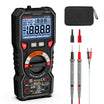
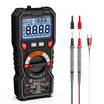
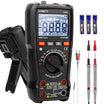
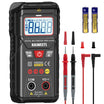
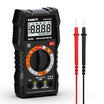
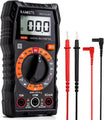

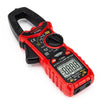
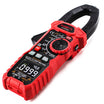
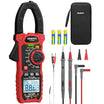
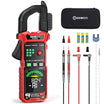
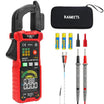
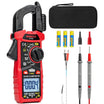






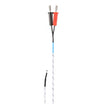
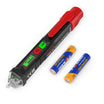
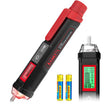
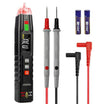
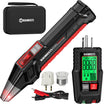

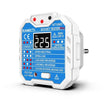
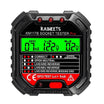
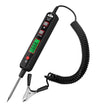
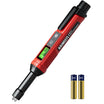
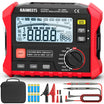
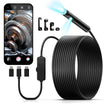
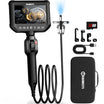

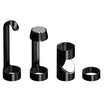
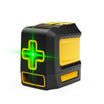
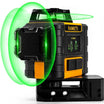
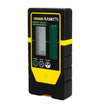

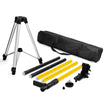








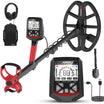




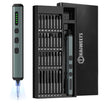
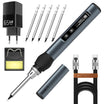


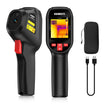
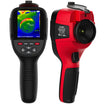
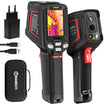
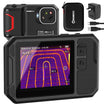
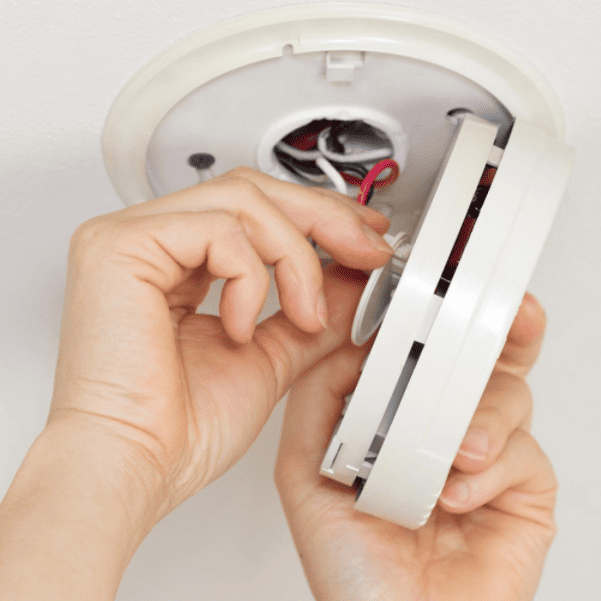


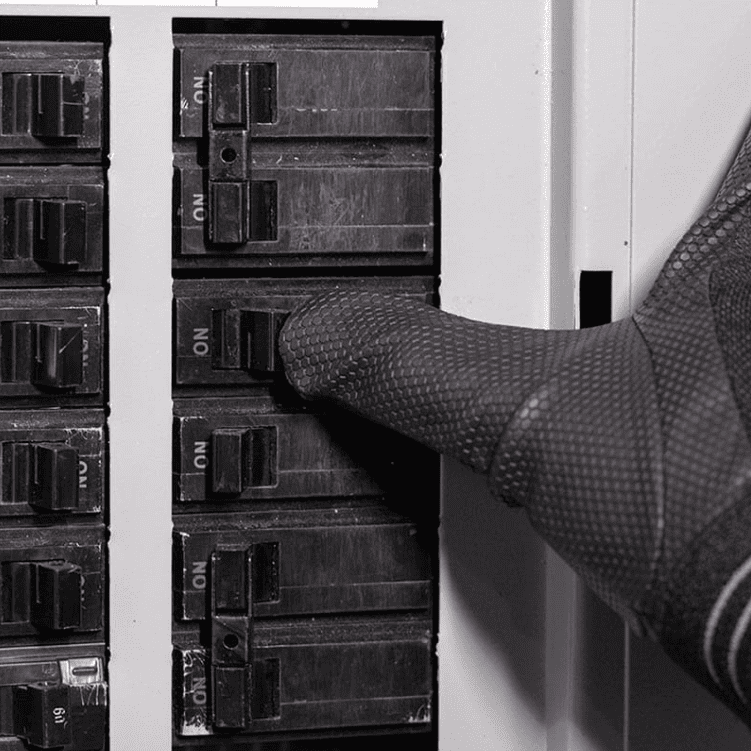

Laisser un commentaire
Tous les commentaires sont modérés avant d'être publiés.
Ce site est protégé par hCaptcha, et la Politique de confidentialité et les Conditions de service de hCaptcha s’appliquent.